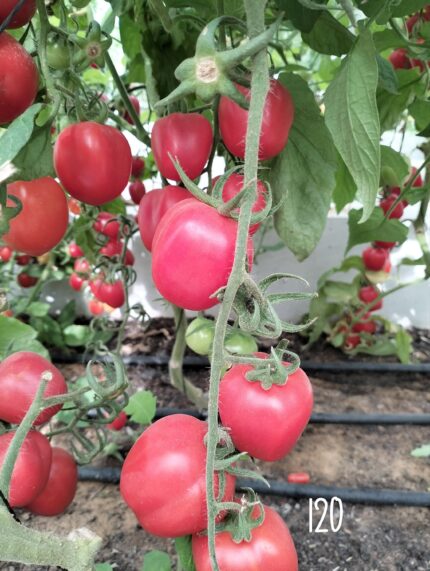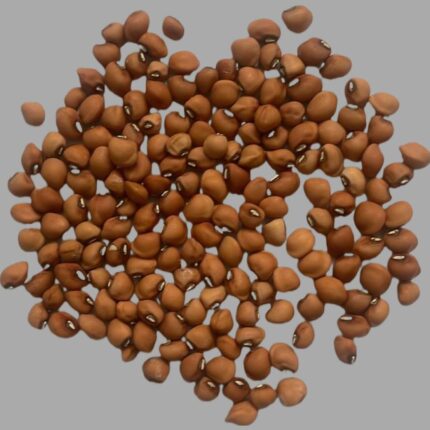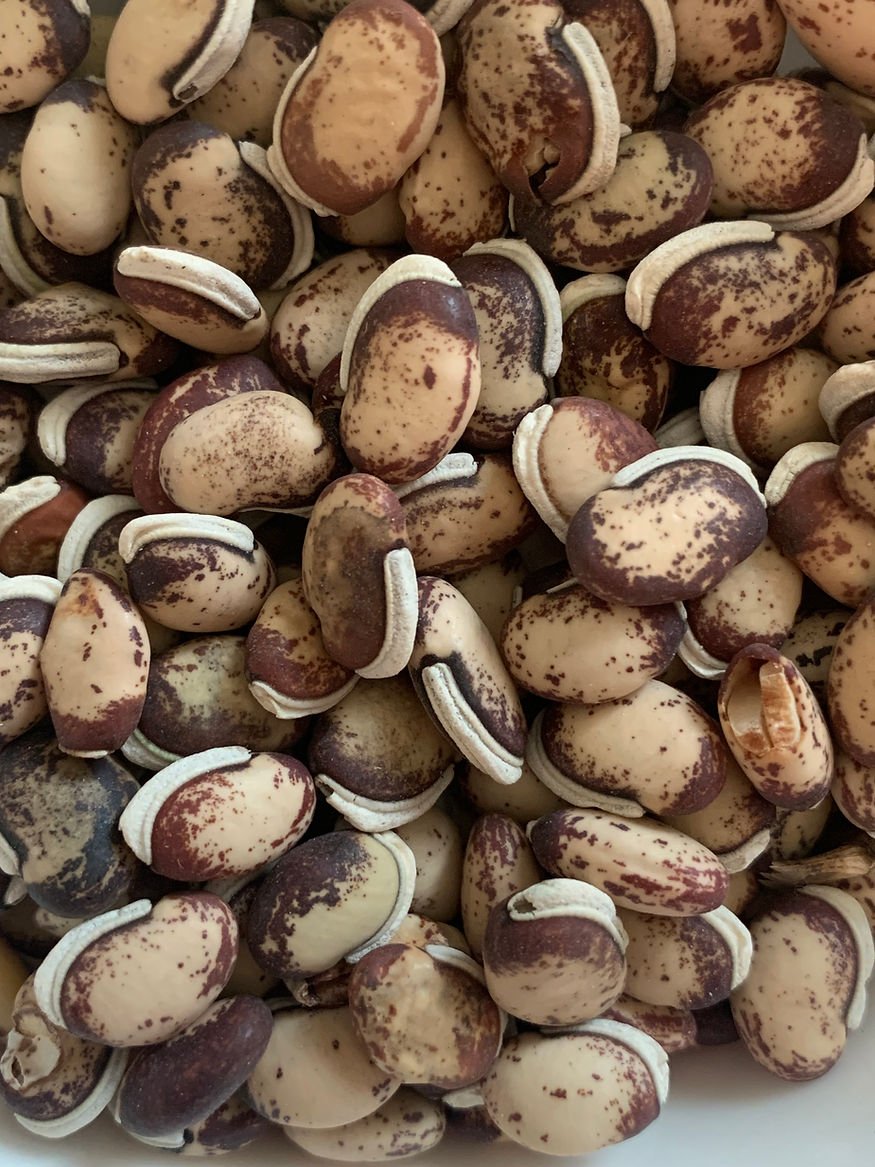The Hyacinth field bean and the Striped bush bean are two distinct types of beans, each with unique characteristics. Here’s a breakdown of both:
1. Hyacinth Field Bean (also known as Lablab bean or Dolichos bean):
– Scientific Name: Lablab purpureus
– Origin: Native to Africa and Asia, though now cultivated in various tropical and subtropical regions worldwide.
– Appearance: The Hyacinth field bean produces attractive, purplish-pink flowers and has pods that contain beans that can range in color from white to purple.
– Growth Habit: It is a leguminous vine or climbing plant, though it can also be grown as a bushy form in some cultivars. It can reach heights of up to 3 meters (10 feet) when supported, but bush varieties may be more compact.
– Uses:
– Culinary: The beans are used in many traditional dishes, especially in African and Asian cuisines. They can be eaten fresh when young or dried for later use. However, they contain toxins that need to be properly processed (boiled or fermented) before consumption.
– Forage: It is also used as animal fodder.
– Soil Improvement: As a legume, it fixes nitrogen in the soil, making it beneficial for crop rotation and soil health.
2. Striped Bush Bean:
– Scientific Name: There isn’t a single, universally agreed-upon species name for “striped bush bean” as it could refer to a variety of beans with distinct striping patterns. However, it is typically a variety of Phaseolus vulgaris, the common bean.
– Appearance: These beans have a distinctive striped or speckled appearance on their pods or seeds. The seeds themselves can range from small to medium size and often have patterns such as purple stripes on a white background or other contrasting colors.
– Growth Habit: As a bush bean, it is typically compact and non-vining, growing to about 18-24 inches (45-60 cm) tall. This makes it suitable for smaller garden spaces and easier harvesting.
– Uses:
– Culinary: These beans are often grown for their edible seeds, which can be used in a variety of dishes such as soups, stews, and salads.
– Varieties: Striped bush beans come in many different varieties, each with unique flavors, colors, and growing habits. Some popular striped beans include ‘Dragon Tongue’ (yellow with purple stripes) and ‘Royal Burgundy’ (a purple variety).
Key Differences:
– Botanical Family: The Hyacinth field bean is part of the Fabaceae family, while striped bush beans are typically from the *Phaseolus* genus within the same family.
– Usage: Hyacinth field beans are often used for their soil-enhancing properties and as animal feed, while striped bush beans are primarily cultivated for culinary purposes.
– **Growth Structure**: Hyacinth field beans can be grown as vines or bushes, depending on the variety, while striped bush beans are typically non-vining, bush-type plants.









Reviews
Clear filtersThere are no reviews yet.